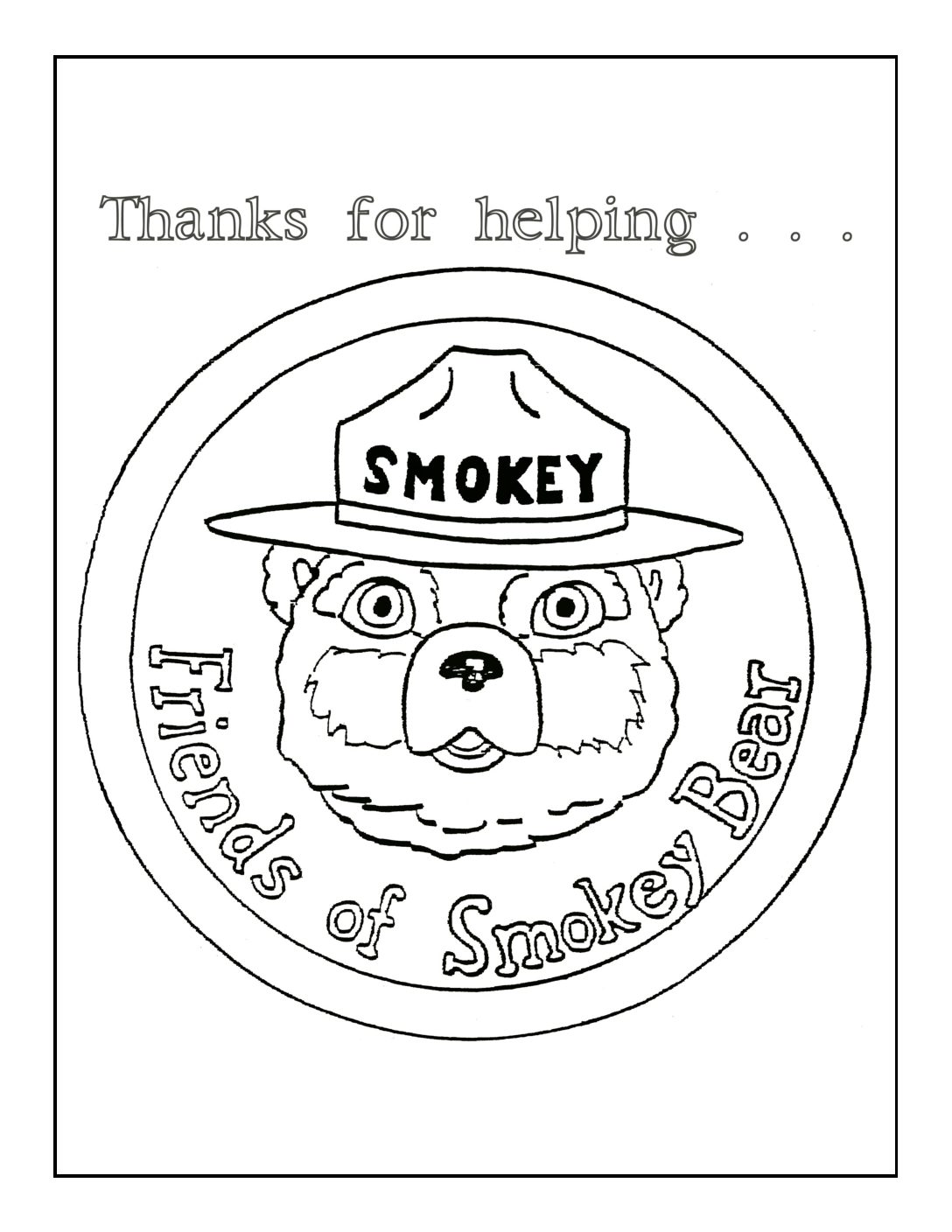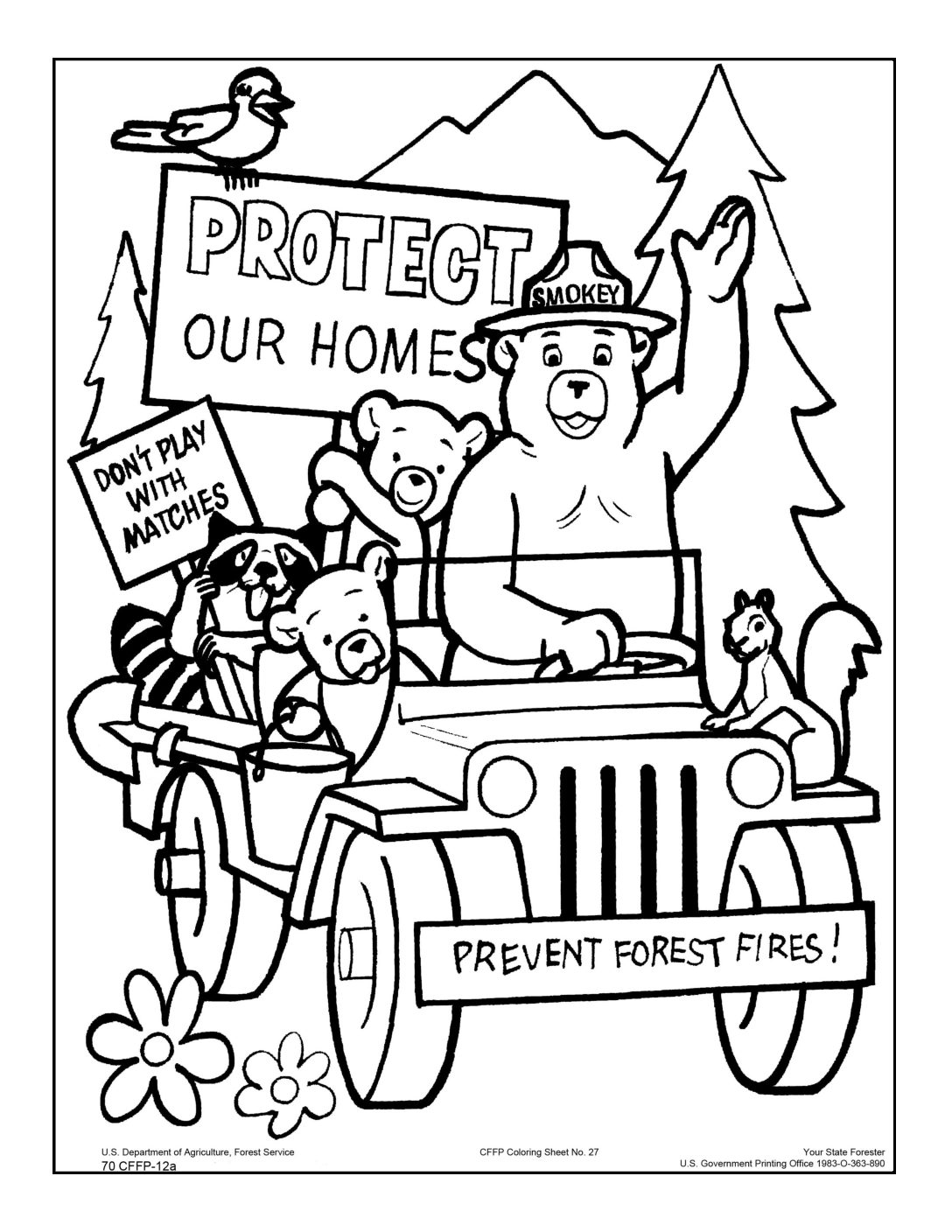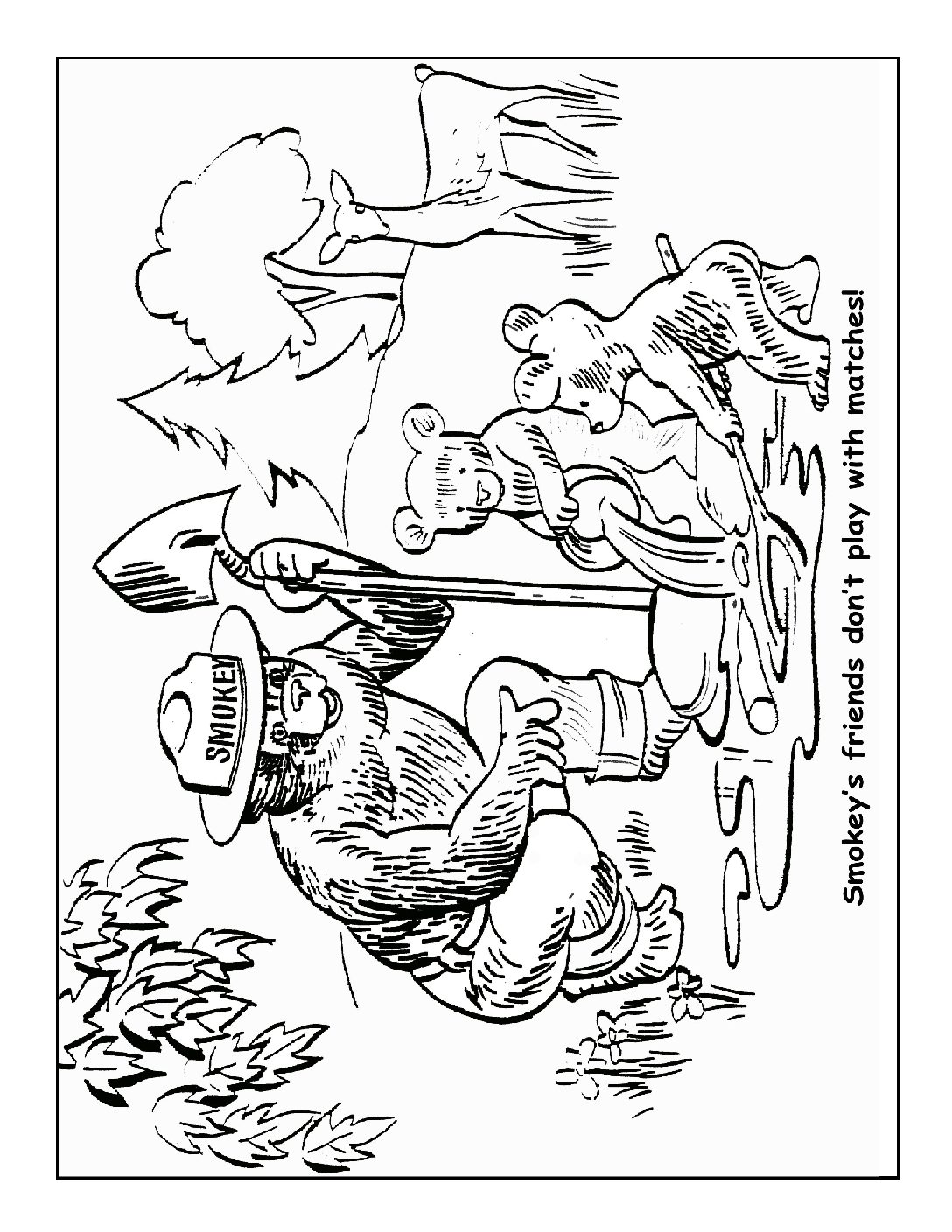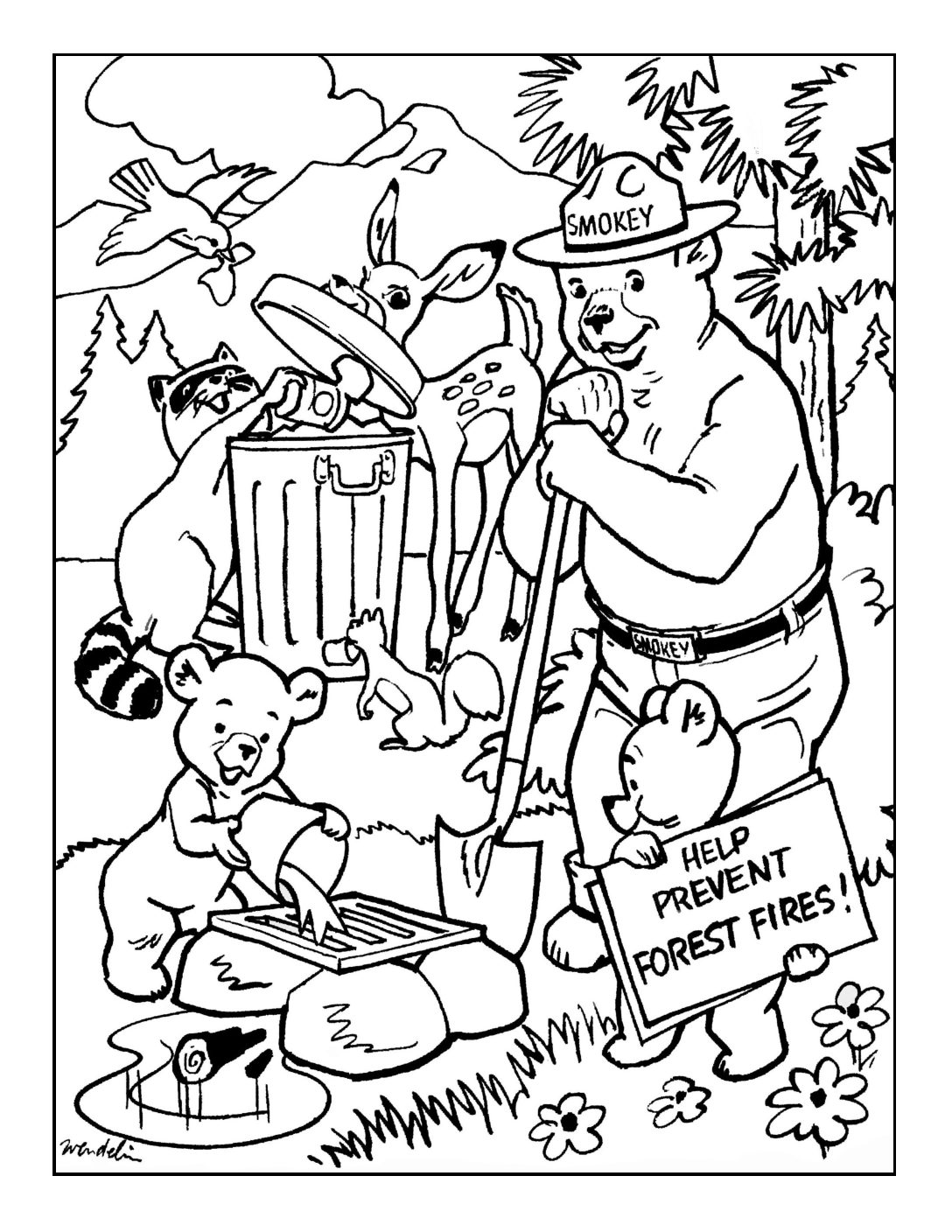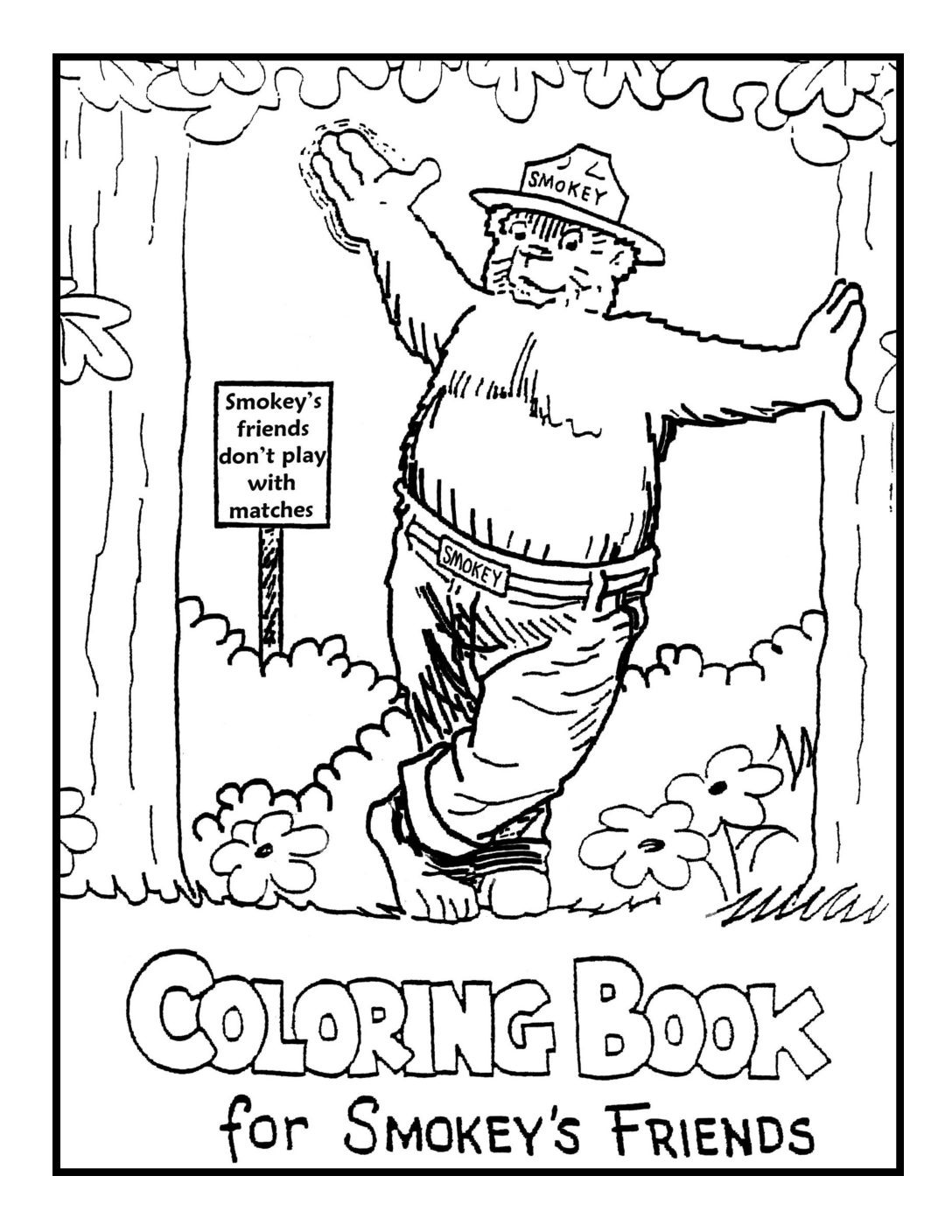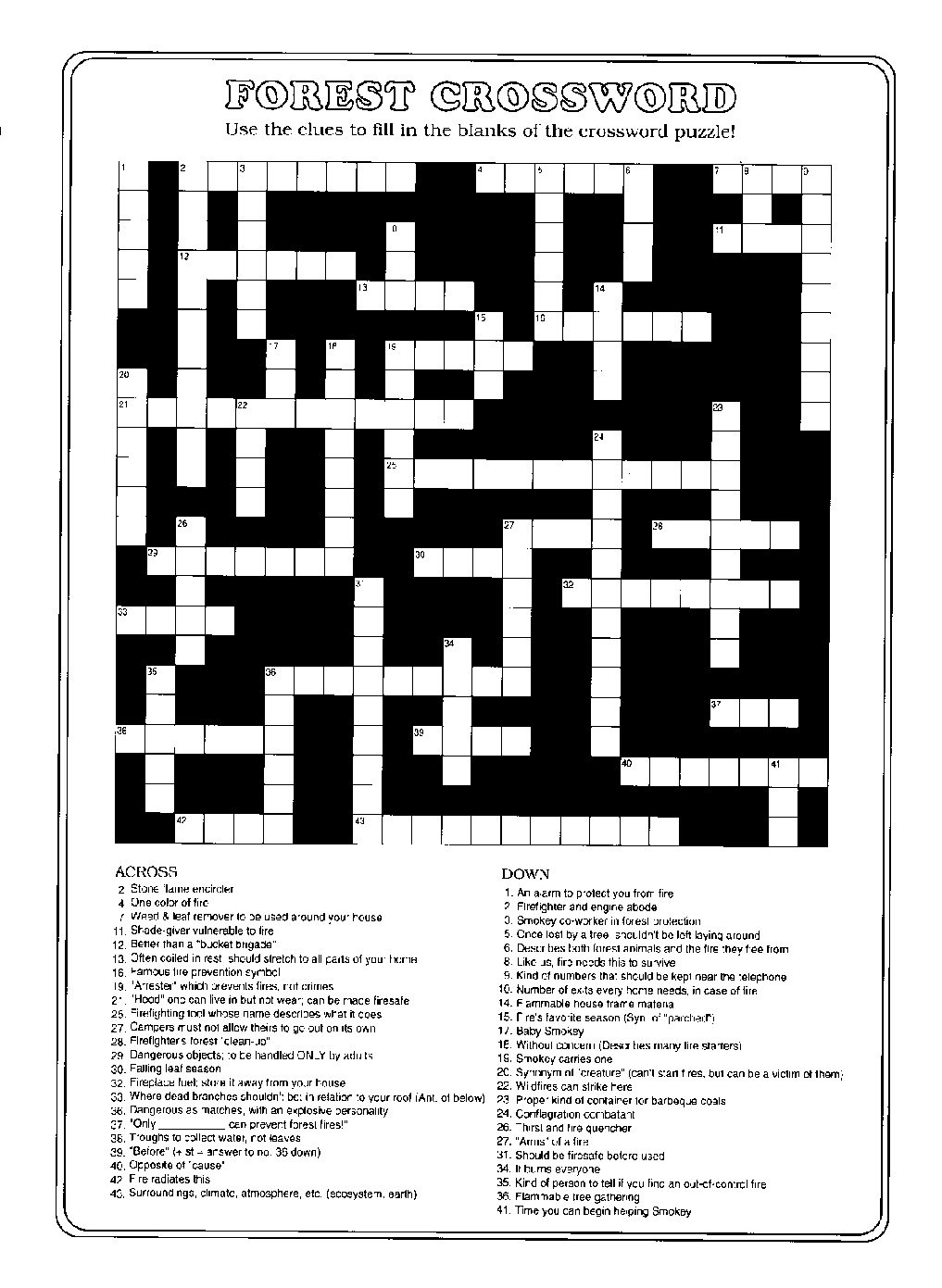
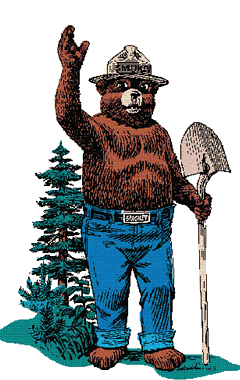
HELLO! I’M SMOKEY BEAR.
I need your help! My forest friends and I need healthy forests and wildlands to live in. Help stop our homes from being destroyed by wildfires. Learn with me about the prevention of wildland fires. Only you can prevent wildfires.
While at home or on camping trips, follow these important safety tips….
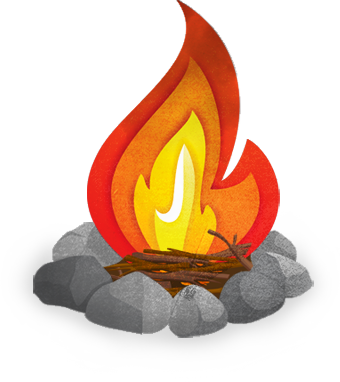
Fire Safety Tips
Campfire Safety
 How to Pick Your Campfire Spot
How to Pick Your Campfire Spot
Follow these steps when picking your campfire spot to help prevent wildfires.
1. DO NOT build a campfire if the campground, area or event rules prohibit them. Sometimes digging of pits may be prohibited due to archaeological or other concerns.
2. DO NOT build a campfire in hazardous, dry conditions.
3. FIND OUT if the campground has an existing fire ring or fire pit.
4. If there is not an existing fire pit, and pits are allowed, choose a site at least 15 feet from tent walls, shrubs, trees or other flammable objects. Beware of low hanging branches.
5. Choose an open, level location away from heavy fuels such as logs, brush or decaying leaves.
6. Take wind, and its direction, into account when choosing the site. Choose a spot that’s protected from gusts.
No pit? No problem. When a prepared pit isn’t available, follow these important safety tips while building your own.
Now that you’ve prepared your pit, it’s time to build your campfire. Follow these steps to have a safe and fun time. The same also applies to hunters’ warming fires.
A campfire can be one of the best parts of camping, or provide necessary warmth to hunters and other outdoor enthusiasts. Just don’t forget your responsibility to maintain and extinguish it to prevent wildfires.
Backyard Debris Burning
Understand how to prevent wildfires from backyard debris burning.
Learn before you burn. When burning yard waste and debris, follow these important steps…
The Story of Smokey
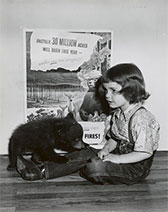
The Orphan Cub
One spring day in 1950, in the Capitan Mountains of New Mexico, an operator in one of the fire towers spotted smoke and called the location in to the nearest ranger station. The first crew discovered a major wildfire sweeping along the ground between the trees, driven by a strong wind. Word spread rapidly, and more crews reported to help. Forest rangers, local crews from New Mexico and Texas, and the New Mexico State Game Department set out to gain control of the raging wildfire.
As the crew battled to contain the blaze, they received a report of a lone bear cub seen wandering near the fire line. They hoped that the mother bear would return for him. Soon, about 30 of the firefighters were caught directly in the path of the fire storm. They survived by lying face down on a rockslide for over an hour as the fire burned past them.
Nearby, the little cub had not fared as well. He took refuge in a tree that became completely charred, escaping with his life but also badly burned paws and hind legs. The crew removed the cub from the tree, and a rancher among the crew agreed to take him home. A New Mexico Department of Game and Fish ranger heard about the cub when he returned to the fire camp. He drove to the rancher’s home to help get the cub on a plane to Santa Fe, where his burns were treated and bandaged.
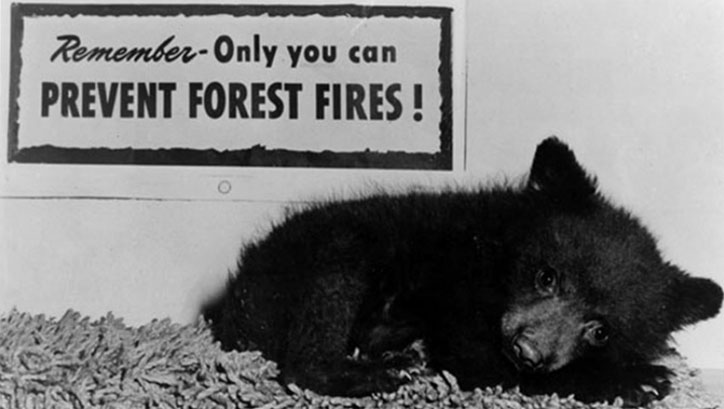
Orphaned black bear cub “Little Smokey” was the live representation of Smokey Bear from 1975 to his death in 1990. Photo: U.S. Department of Agriculture / Flickr
Rescued!
News about the little bear spread swiftly throughout New Mexico. Soon, the United Press and Associated Press broadcast his story nationwide, and many people wrote and called, asking about the cub’s recovery. The state game warden wrote to the chief of the Forest Service, offering to present the cub to the agency as long as the cub would be dedicated to a conservation and wildfire prevention publicity program. The cub was soon on his way to the National Zoo in Washington, D.C., becoming the living symbol of Smokey Bear.
Smokey received numerous gifts of honey and so many letters he had to have his own zip code. He remained at the zoo until his death in 1976, when he was returned to his home to be buried at the Smokey Bear Historical Park in Capitan, New Mexico, where he continues to be a wildfire prevention legend.
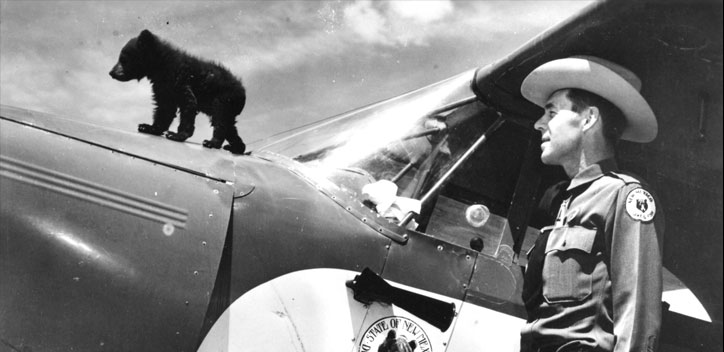
In 1952, Steve Nelson and Jack Rollins wrote the popular anthem that would launch a continuous debate about Smokey’s name. To maintain the rhythm of the song, they added “the” between “Smokey” and “Bear.” Due to the song’s popularity, Smokey Bear has been called “Smokey the Bear” by many adoring fans, but, in actuality, his name never changed. He’s still Smokey Bear.
More Fun with Smokey Bear
Smokey Bear Coloring Pages
Smokey Bear's History
Smokey Bear Song
Videos
[fts_facebook id=smokeybear posts=5 posts_displayed=page_only type=page]


